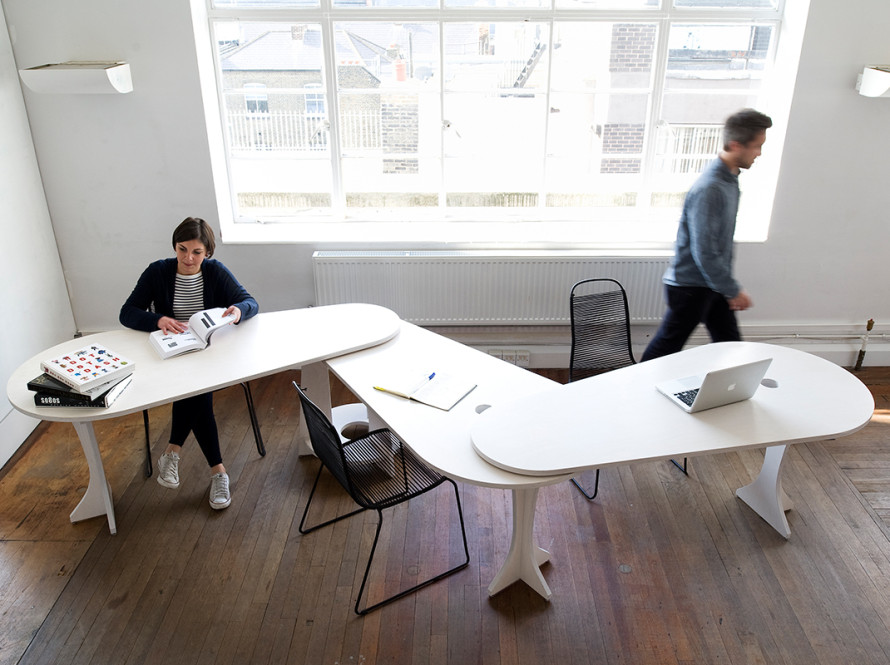Oliver Marlow, designer, Creative Director and co-founder of Studio TILT, has “always been fascinated in the way people interact with space”. Oliver looks at the ways in which organisational “dynamics play out and how design can help or hinder the way people can come together.” As the co-organizer of the upcoming Social Workplace conference, we spoke with Oliver about how the emerging social workspace is influencing today’s work culture.
Hi Oliver, why was it important to you to co-organize the Social Workplace 2015 conference?
Coworking is now the workplace zeitgeist, but we have also been involved in coworking for 10 years, long before it had a name. Today, we recognise that it is the perfect time to come to together to look at how Coworking 2.0 might look.
What’s your definition of the Social Workplace and how is it representative of a new model of work?
The social workplace returns to effective human needs. It is a shift from space defined as a “container” to space as an “enabler”. It looks beyond the monumentality of working environments to something more fluid, humble, connected, inspiring and healthy.
What does a social work environment offer that a traditional one does not?
The characteristics of a social work environment are associated with high innovation potential and with creating a user-centred language of space and use.
Social workplaces are designed based on how surroundings affect mood, behaviour and the ability to create. They allow for a flexible space that can be used to gather varying stakeholders together.
Please describe how your “codesign strategy” influences workplace interactions, productivity and the overall dynamic of Studio TILT. How did you realise what worked best?
We design together, with people. We enable space to create experience and community, as well as identity. If you do this well, you can create an atmosphere in a place that people want to belong to and where you can thrive.
Codesign for me is the essence of the social workplace. It enables a community of workers to explore and understand their needs in order to work together more effectively, with joy and also with purpose.
Is the social workplace becoming more widely accepted?
The conversation around the impact of the physical environment on workplace behaviour has grown over the past few years. This has been aided by the changing nature of the way we work and the increasing importance of creativity in many industries. However, there is still no resource that is either extensive or conclusive specifically around building environments for creativity. We are at the beginning of this journey.
What are some of the challenges of creating a productive workplace for freelancers?
Freelancers work for themselves, but they need to work together to survive. By being part of a community of work a freelancer feels connected and supported. This model will be the norm in the years to come, and the design challenge is to find ways to allows others to join such a community. It shouldn’t matter where you come from: different sectors, age groups, skills sets, organisational experiences.
How are the expectations of the modern workforce different from previous models? How do you address these modern needs?
I think expectations today are towards a more profound need. Work is so all encompassing that the work-life balance is now the work-life integration. The key design factor is one of convergence. The modern workforce needs so many more physiological needs met within their place of work. This will only continue.
As a designer, I address these emerging needs by looking at ever more ways to layer the functions of workspaces. I look how to mix different types of spaces and create environments that feel convivial and rewarding to be inside. This convergence of spaces is leading us back to an understanding of how the mix of civic, commercial and leisure spaces are all an integral part of our everyday lives.




0 Comments